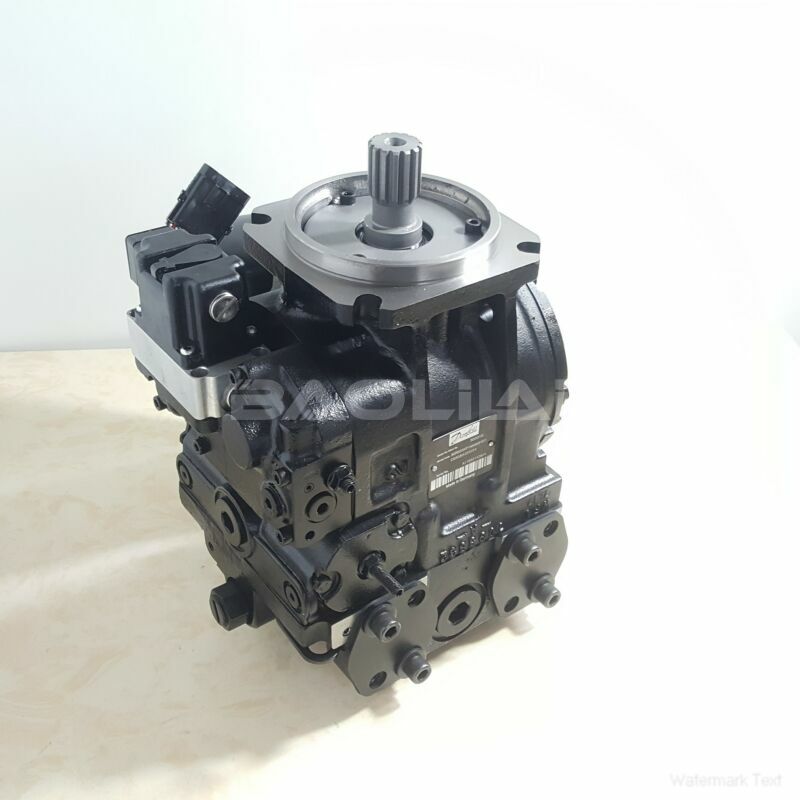90R100KA1CD60S3C7F04GBA424228 high pressure pump
90R100KA1CD60S3C7F04GBA424228 high pressure pump

- Product Details
- Applicable Scene
In today’s rapidly evolving industrial landscape, the call for sustainability is louder than ever. As businesses strive to minimize their environmental footprint while maintaining efficiency, hydraulic pump solutions are emerging as crucial players in the journey towards energy-efficient operations. This article explores sustainable hydraulic pump solutions that not only enhance performance but also align with green practices.
90-R-100-KA-1-CD-60-S-3-C7-F-04-GBA-42-42-28
90R100KA1CD60S3C7F04GBA424228
Hydraulic systems are fundamental in various industrial applications, from manufacturing to construction. However, they often consume significant amounts of energy, leading to increased operational costs and environmental impacts. To address these challenges, the industry is increasingly adopting energy-efficient hydraulic pumps and smart technologies that optimize performance.

513654
One of the primary innovations in this arena is the development of variable displacement pumps. These pumps adjust their output flow based on the specific requirements of the hydraulic system, resulting in reduced energy consumption when full power is not needed. By eliminating excessive energy use, variable displacement pumps not only lower operational costs but also contribute to a decrease in greenhouse gas emissions.
Another significant advancement is the integration of IoT (Internet of Things) technology into hydraulic systems. Smart sensors and connected devices allow for real-time monitoring and data analytics. By analyzing performance data, businesses can identify inefficiencies and implement adjustments to achieve optimal energy use. Predictive maintenance facilitated by IoT can also preemptively address potential failures, reducing downtime and waste.
The use of biodegradable hydraulic fluids represents another step towards sustainability. Traditional hydraulic fluids can be harmful to the environment in the event of leaks or spills. Biodegradable options, derived from renewable resources, offer the same level of performance while minimizing ecological risks. Transitioning to these fluids not only supports environmental goals but can also enhance the overall safety of hydraulic systems.
Further, the process of retrofitting existing hydraulic systems with more efficient components can significantly improve energy efficiency without the need for a complete system overhaul. By upgrading to energy-efficient motors, optimizing line sizes, and incorporating better filtration systems, businesses can achieve substantial energy savings.





